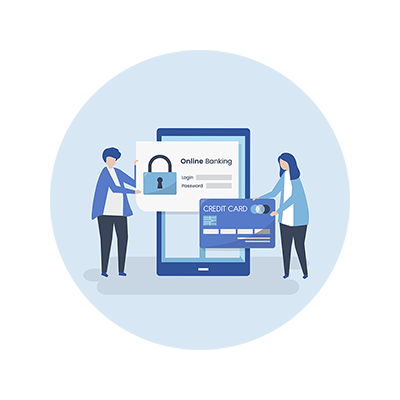Summary
Put your learning into action! Gather, Plan, and Execute all your new skills from the Effective Communication and Active Listening course. Write short, simple notes for each question, focusing only on what comes to mind first. Answers should be brief, as they will change with your pursuits or direction.
Take Away
You can take action with this checklist and hone your communication and active listening skills. You will create more effective interactions, lead, build stronger relationships, and succeed tremendously personally and professionally.
